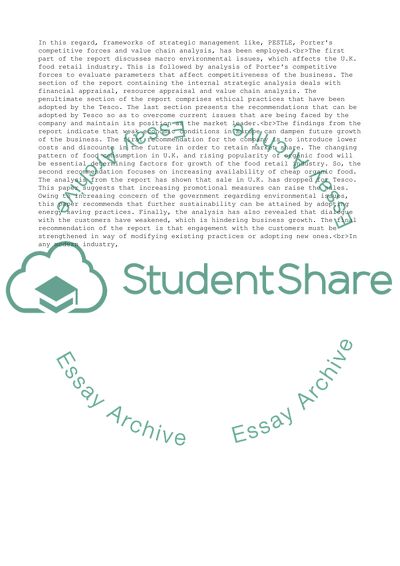Cite this document
(“Tesco Case Study Assignment Example | Topics and Well Written Essays - 3750 words”, n.d.)
Tesco Case Study Assignment Example | Topics and Well Written Essays - 3750 words. Retrieved from https://studentshare.org/management/1641222-tesco-case-study-assignment
Tesco Case Study Assignment Example | Topics and Well Written Essays - 3750 words. Retrieved from https://studentshare.org/management/1641222-tesco-case-study-assignment
(Tesco Case Study Assignment Example | Topics and Well Written Essays - 3750 Words)
Tesco Case Study Assignment Example | Topics and Well Written Essays - 3750 Words. https://studentshare.org/management/1641222-tesco-case-study-assignment.
Tesco Case Study Assignment Example | Topics and Well Written Essays - 3750 Words. https://studentshare.org/management/1641222-tesco-case-study-assignment.
“Tesco Case Study Assignment Example | Topics and Well Written Essays - 3750 Words”, n.d. https://studentshare.org/management/1641222-tesco-case-study-assignment.


